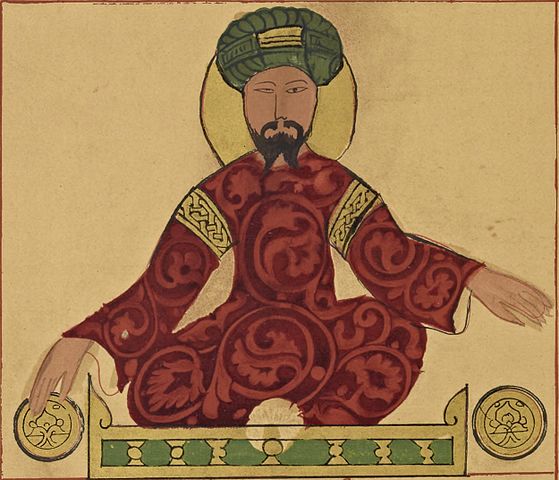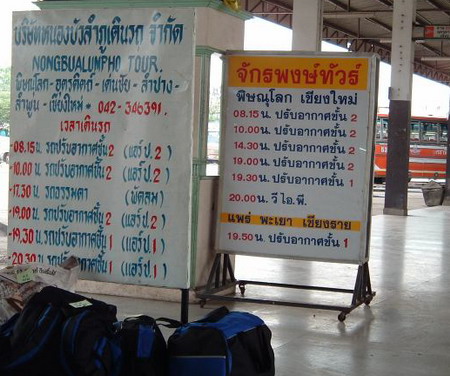Put several linguists together on a project such as PanLex, and they will discover many a word mystery that travels a long and dusty road. Such a word sleuthing opportunity came up recently regarding the etymology of the name of Saladin, the 12th century sultan of Egypt and leader against the Crusaders.

Portrait of Saladin before C.E. 1185 by Ismail al-Jazari (1136–1206). (Image from Wikimedia Commons)
Sounds of convergence
We first established that Saladin’s name in Arabic is صلاح الدين (Ṣalāḥ al-Dīn), literally “The Righteousness of the Faith”. The Arabic word دين (dīn) “faith, religion” reminded us of the Yiddish word דין (din), meaning “religious law”. Was this a coincidence? As it turns out, no — the Yiddish word was borrowed from Hebrew דין (dīn). Hebrew and Arabic are related languages, belonging to the Semitic family, and these words come from the reconstructed Proto-Semitic root *dyn. There is evidence for this root as far back as Ugaritic 𐎄𐎐 (dn), over 3000 years ago. Words deriving from it usually have to do with “law” or “judgment”.
Read More…
There are 54,270 palindromes within the 5,691 languages contained in the PanLex database.
A sampling:
ʻuhū ʻuhūʻuhū meaning “moan” in Hawaiian
gilibilig meaning “soft” in Umbugarla (Australia)
àyáyáyáyá meaning “low light” in Perge Tegu (Mali)
eibohphobie meaning “fear of palindromes” in French
بی عیب ـ بیعیب or ba’eab ba’eab meaning “faultless” in Persian
ibikíbiníbikíbi meaning “wherever” in Yoruba (Nigeria)
aawalawaa meaning “get better” in Wayuu (Colombia)
апоко́па or apokopa meaning “apocope” in Russian
রক্ষা করা or rakṣā karā meaning “protect” in Bengali
Could you ask your doctor about your sprained ankle in French or Indonesian? Would you understand your bus schedule in Mandarin or Arabic? Could you take your biology exam in Hindi or Vietnamese?

Bus schedule in Udon Thani, Thailand. (Image from Thai Blogs)
The Universal Declaration of Human Rights states that everyone has the right to access health care, education, legal services, and technology. Nearly 3 billion people in the world today cannot do so in their native language. Most of them feel pressure to learn the dominant language of their region in order to exercise their human rights and have access to opportunity. As a result of this pressure, more than a third of the world’s 7,000 languages are under-served or endangered.
The world is at a crossroads. We can choose a future where everyone must learn the dominant language to survive, perhaps ending at the point where only a few languages are still spoken on earth; or we can choose a future where everyone has the ability to preserve their language and culture as they see fit, while still being able to fully exercise their human rights and access opportunities. There is public debate over which future is more likely.
At PanLex, we believe that nobody should have their rights restricted because of the language they speak. No one should be forced to choose between language, identity, and culture (on the one side) and human rights and opportunities (on the other). PanLex is developing technological solutions that help create a future where this choice is no longer necessary.Read More…
Don’t crane your neck
In the late 18th century, European travelers first began to penetrate the dense forests of the interior of northern Sumatra. From earlier reports, they expected to find tribes of headhunters and cannibals. What they found were highly literate cultures with centuries-old writing traditions and vast collections of books (and yes, a culture of headhunting and highly ritualized cannibalism).
The oldest books of the Batak peoples of this region are written on palm leaves or carved onto bamboo tubes, which is the origin of one of the most unique aspects of the Batak script — while it is read left-to-right as inherited from the Indian scripts that are its ancestors, traditionally it was written bottom-to-top, then turned 90° clockwise when read.Read More…



